The Tale of the Princess Kaguya, directed by Isao Takahata, is a mesmerizing animated film that delves into the rich tapestry of Japanese folklore. Released in 2013, this historical fantasy is a poignant adaptation of The Tale of the Bamboo Cutter, a classic Japanese literary tale dating back to the 10th century. Produced by Studio Ghibli, this enchanting film takes viewers on a captivating journey through Princess Kaguya’s life, weaving together themes of love, loss, and the pursuit of freedom.
The Tale of the Princess Kaguya
Directed by: Isao Takahata
Screenplay by: Isao Takahata, Riko Sakaguchi
Based on: The Tale of the Bamboo Cutter
Produced by: Yoshiaki Nishimura
Starring: Aki Asakura, Kengo Kora, Takeo Chii, Nobuko Miyamoto
Cinematography: Keisuke Nakamura
Edited by: Toshihiko Kojima
Music by: Joe Hisaishi
Production company: Studio Ghibli
Distributed by: Toho
Release date: November 23, 2013
Running time: 137 minutes
Country: Japan
Language: Japanese
Budget: ¥5.15 billion ($49.3 million)
Box office: $27 million

A Captivating Narrative
The film opens with a bamboo cutter making a remarkable discovery: a tiny girl nestled within a glowing bamboo shoot. Believing her of divine origin, the bamboo cutter and his wife raise her as their own, bestowing her the name “Princess.” Princess Kaguya grows at an extraordinary rate, earning the affectionate nickname “Takenoko” (Little Bamboo) from the village children. She forms a special bond with her friend Sutemaru.

Driven by his newfound wealth from discovering gold and fine cloth in the bamboo grove, the bamboo cutter resolves to elevate Princess Kaguya to nobility. Relocating to the capital, Princess Kaguya is thrust into a world of luxury and privilege, but she longs for the simplicity of her former life in the countryside. Struggling to conform to the rigid expectations of nobility, Princess Kaguya yearns for freedom and authenticity amidst the confines of her royal status.

A Journey of Self-Discovery
Princess Kaguya blossoms into womanhood and faces the pressure of suitors vying for her hand in marriage. However, she challenges them with impossible tasks, revealing her independent spirit and determination to defy societal norms. Despite her beauty and grace, Princess Kaguya grapples with the weight of immaterial pleasures and the constraints of her newfound status.

Amidst the lush landscapes and vibrant cherry blossoms, Princess Kaguya’s quest for freedom leads her back to her roots in the countryside, where she reunites with Sutemaru. Their love transcends social barriers, offering a glimmer of hope amidst the constraints of tradition and hierarchy. However, Princess Kaguya’s celestial origins come to light, prompting a poignant farewell as she prepares to return to the Moon.

Themes and Symbolism
The Tale of the Princess Kaguya explores many themes, including feminism, societal expectations, and the pursuit of authenticity. Through Princess Kaguya’s journey, the film challenges traditional notions of beauty and femininity, highlighting the struggle against conformity and the longing for autonomy.

Symbolism permeates the narrative, with the contrasting imagery of rural simplicity and urban extravagance reflecting Princess Kaguya’s inner turmoil. The fleeting beauty of cherry blossoms serves as a poignant reminder of life’s ephemeral nature, while the Moon symbolizes longing and transcendence.

A Visual Masterpiece
Visually stunning, The Tale of the Princess Kaguya captivates audiences with its exquisite hand-drawn animation and evocative watercolor backgrounds. Director Isao Takahata’s meticulous attention to detail brings the world of ancient Japan to life, immersing viewers in a realm of magic and wonder.

In Conclusion, In The Tale of the Princess Kaguya, Isao Takahata crafts a timeless masterpiece that transcends cultural boundaries. Through its heartfelt storytelling and breathtaking visuals, the film invites audiences on a transformative journey of self-discovery and resilience. A celebration of love, beauty, and the human spirit, this enchanting film continues to captivate viewers worldwide, leaving an indelible mark on the realm of animation.
The Tale of the Princess Kaguya

Director: Isao Takahata
Date Created: 2013-11-23 00:00
5
Gallery The Tale of the Princess Kaguya (2013)
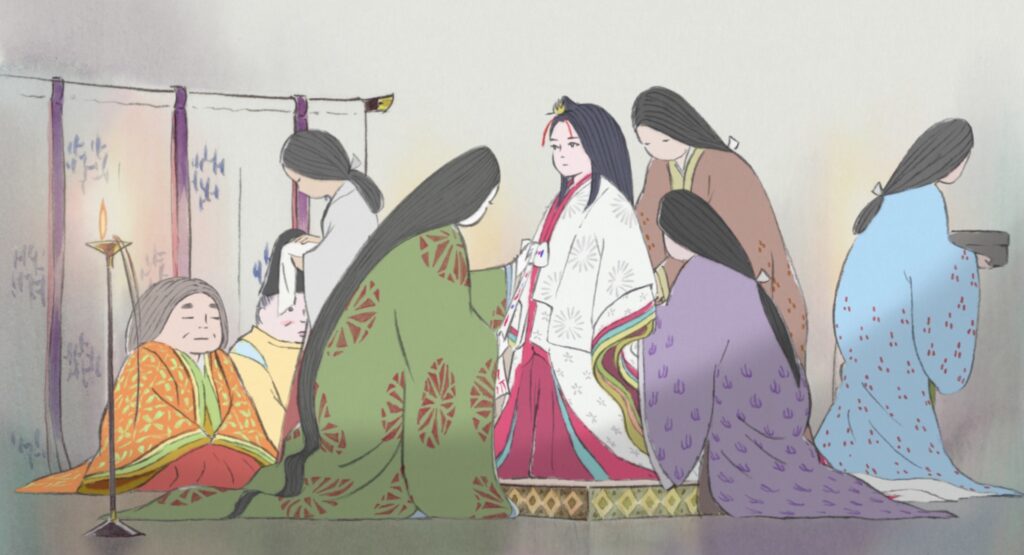
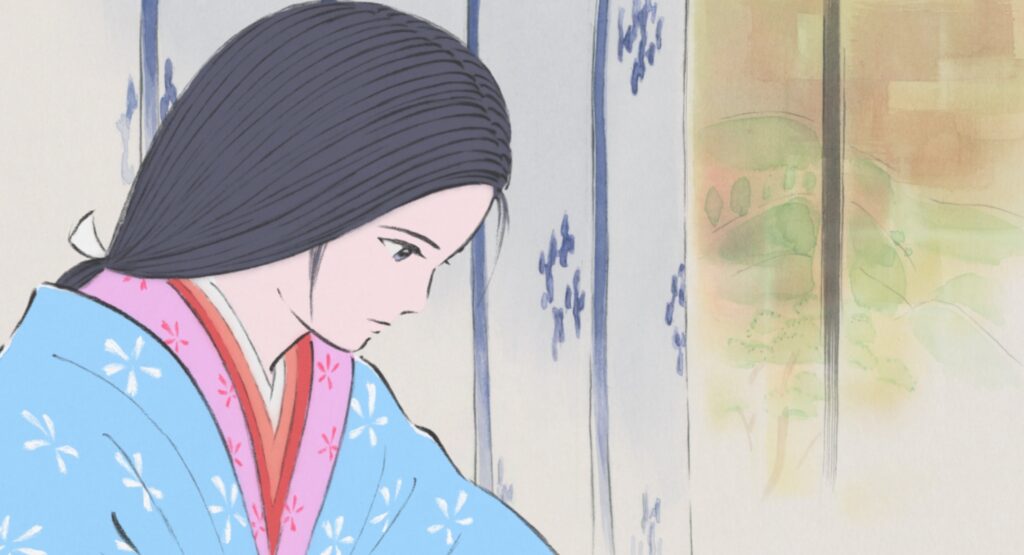
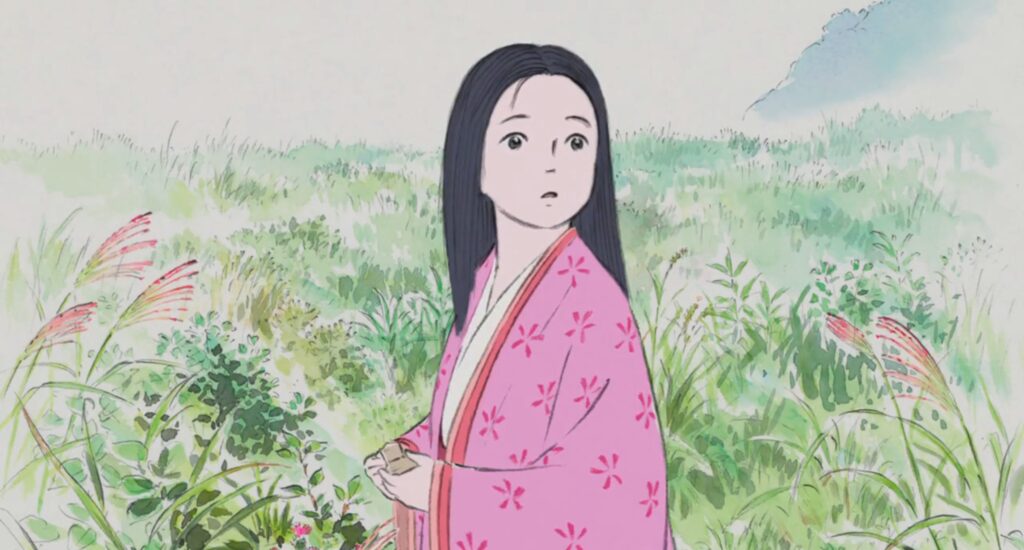
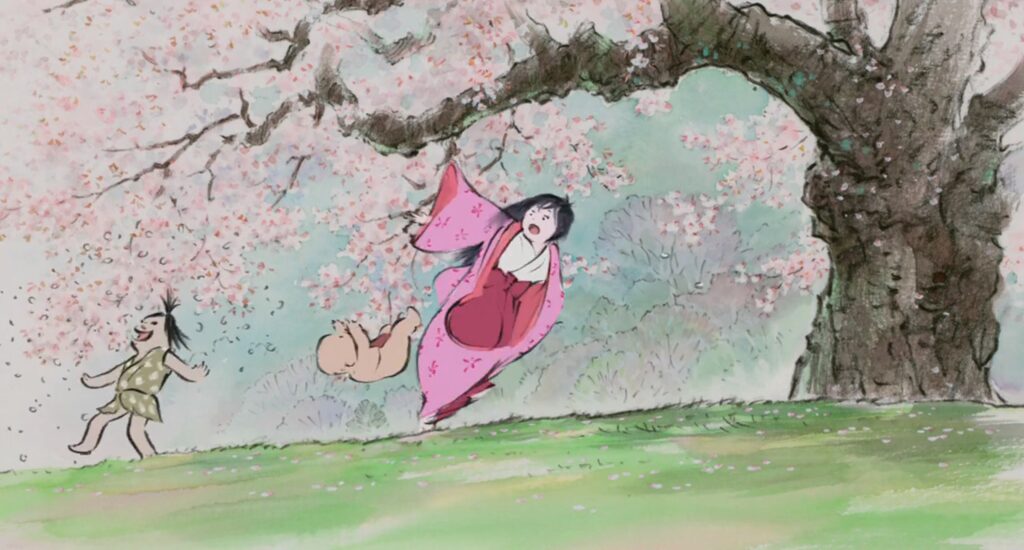
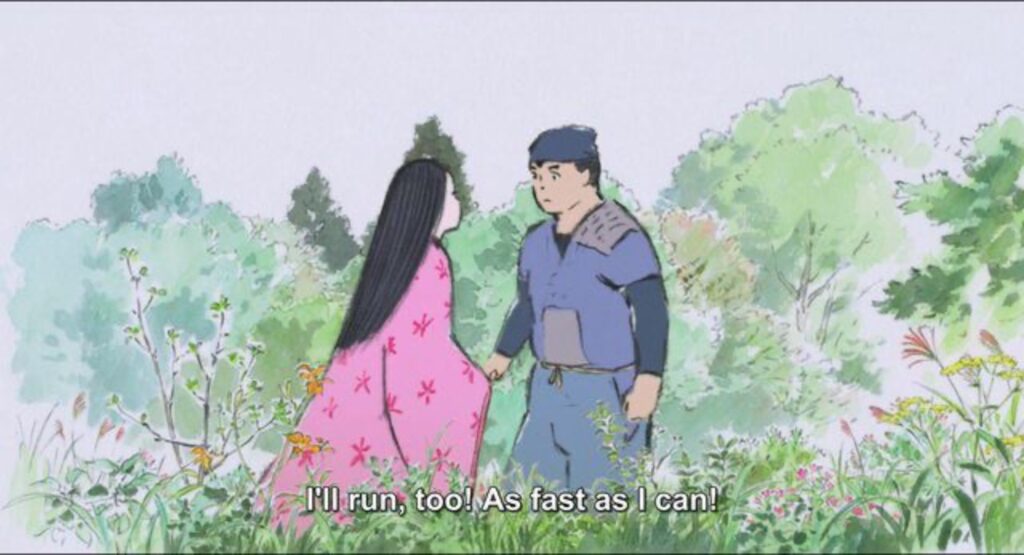
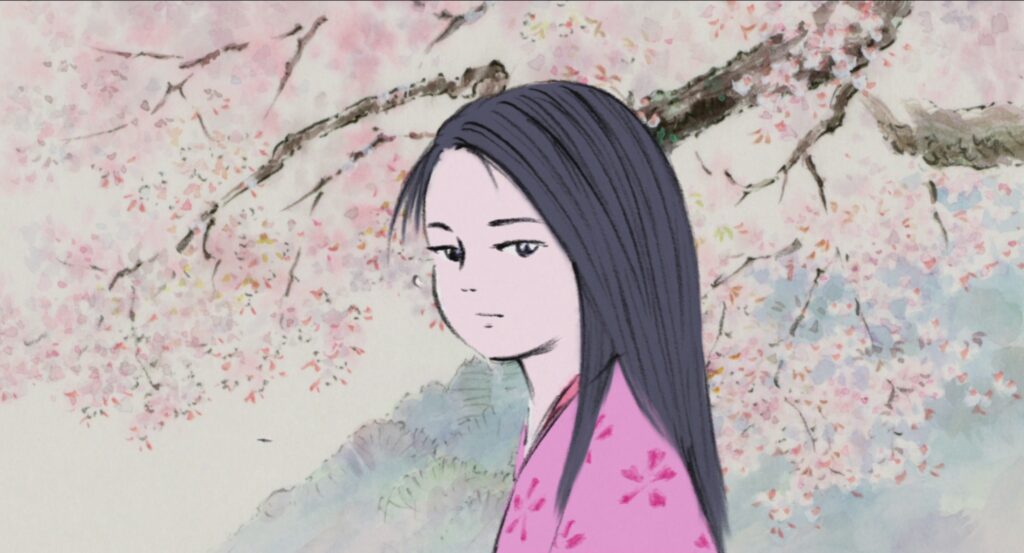
FAQs (Frequently Asked Questions) about The Tale of the Princess Kaguya (2013)
Is The Tale of the Princess Kaguya based on a true story?
No, The Tale of the Princess Kaguya is not based on a true story. It is an animated adaptation of the Japanese literary tale “The Tale of the Bamboo Cutter,” which dates back to the 10th century.
Who directed The Tale of the Princess Kaguya?
The film was directed by Isao Takahata, a renowned Japanese filmmaker and co-founder of Studio Ghibli.
What is the significance of the bamboo in the film?
The bamboo serves as a central motif in the film, representing growth, resilience, and the cyclical nature of life. It also symbolizes Princess Kaguya’s connection to nature and her humble origins.
What age group is the film suitable for?
While The Tale of the Princess Kaguya is animated, it deals with themes of love, loss, and societal expectations that may be more suitable for older children and adults.
What awards did the film receive?
The Tale of the Princess Kaguya received critical acclaim and was nominated for the Academy Award for Best Animated Feature at the 87th Academy Awards. It also won several awards at international film festivals for its animation and storytelling.
This post was created with our nice and easy submission form. Create your post!





2 Comments